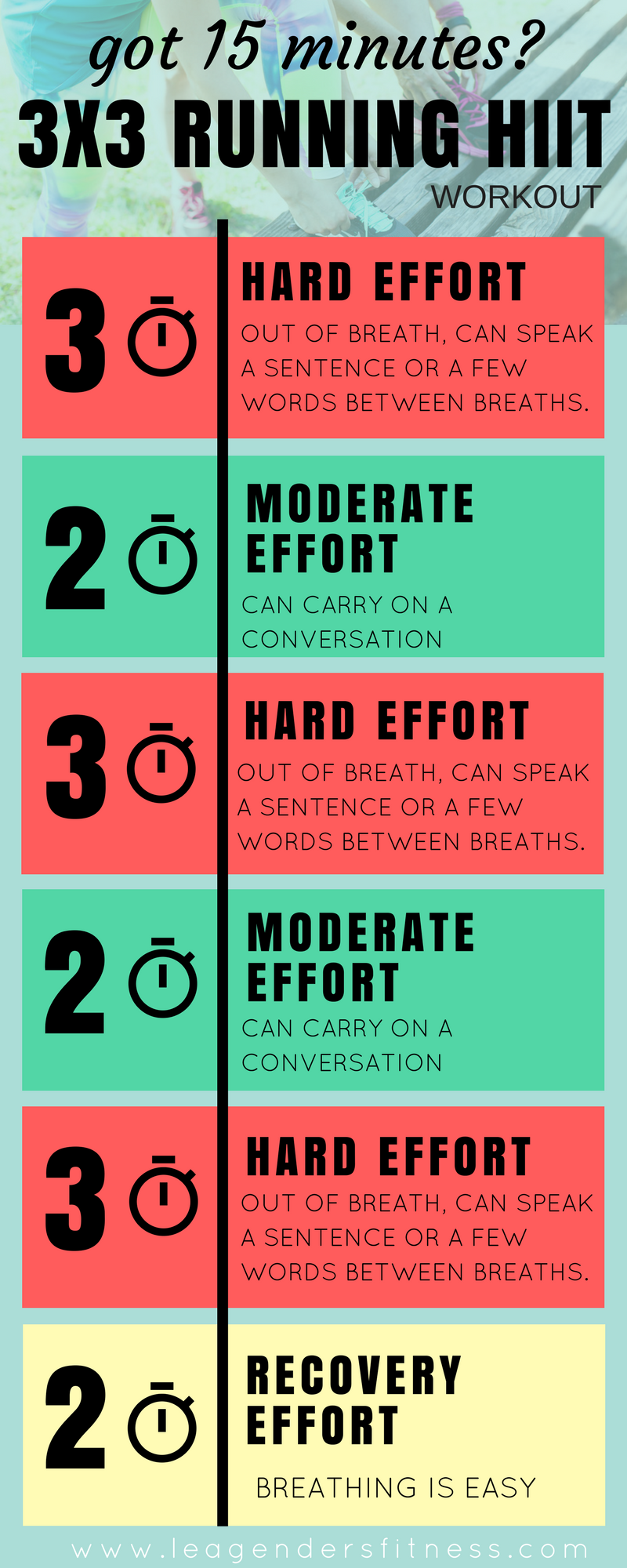The Ultimate Running Strategy Overview: Accomplish Your Physical Fitness Goals
The Ultimate Running Strategy Overview: Accomplish Your Physical Fitness Goals
Blog Article
Managing Common Running Pains: Causes, Solutions, and Prevention
As runners, we commonly run into various pains that can hinder our performance and enjoyment of this exercise. From the incapacitating pain of shin splints to the bothersome IT band disorder, these usual operating discomforts can be discouraging and demotivating. Recognizing the reasons behind these disorders is critical in properly resolving them. By discovering the origin factors for these operating pains, we can discover targeted services and precautionary steps to guarantee a smoother and much more fulfilling running experience (check here).
Usual Running Discomfort: Shin Splints
Shin splints, an usual running discomfort, commonly arise from overuse or incorrect footwear during physical task. This problem, clinically understood as medial tibial stress syndrome, shows up as discomfort along the inner edge of the shinbone (shin) and prevails among athletes and joggers. The recurring anxiety on the shinbone and the tissues attaching the muscular tissues to the bone causes inflammation and pain. Joggers who rapidly raise the strength or duration of their exercises, or those that have flat feet or inappropriate running methods, are especially susceptible to shin splints.
To stop shin splints, individuals must gradually enhance the strength of their exercises, wear suitable shoes with correct arch support, and maintain versatility and toughness in the muscles surrounding the shin. If shin splints do happen, preliminary therapy includes remainder, ice, compression, and elevation (RICE) Additionally, integrating low-impact tasks like swimming or biking can aid keep cardiovascular fitness while enabling the shins to recover. Consistent or extreme instances might require medical evaluation and physical therapy for efficient administration.
Common Running Discomfort: IT Band Disorder
In enhancement to shin splints, one more common running pain that athletes often encounter is IT Band Disorder, a problem triggered by inflammation of the iliotibial band that runs along the external upper leg and knee. IT Band Syndrome generally manifests as discomfort on the exterior of the knee, particularly during tasks like running or biking. The iliotibial band is a thick band of fascia that connects the aware of the shin, and when it comes to be irritated or tight, it can massage versus the thigh bone, bring about pain and pain.
Joggers experiencing IT Band Disorder may see a painful or aching experience on the external knee, which can worsen with ongoing activity. Factors such as overuse, muscular tissue discrepancies, improper running kind, or insufficient workout can add to the development of this problem. To stop and alleviate IT Band Disorder, runners need to concentrate on extending and enhancing workouts for the hips and thighs, correct footwear, steady training progression, and addressing any type of biomechanical issues that may be exacerbating the issue. Ignoring the signs of IT Band Disorder can result in persistent issues and long term recovery times, highlighting the importance of early treatment and proper administration strategies.
Common Running Pain: Plantar Fasciitis

Plantar Fasciitis can be credited to different aspects such as overtraining, incorrect shoes, working on tough surface areas, or having high arcs or level feet. To stop and alleviate Plantar Fasciitis, runners can incorporate stretching workouts for the calf bones and plantar fascia, put on encouraging shoes, keep a healthy and balanced weight to minimize stress on the feet, and slowly enhance running intensity to avoid sudden stress on the plantar fascia. If signs and symptoms linger, it is advised to get in touch with a medical care expert for appropriate diagnosis and therapy alternatives to attend to the condition efficiently.
Common Running Discomfort: Jogger's Knee
After attending to the challenges of Plantar Fasciitis, another widespread problem that runners often encounter is Jogger's Knee, a typical running discomfort that can impede athletic efficiency and trigger discomfort throughout exercise. Runner's Knee, additionally called patellofemoral pain disorder, materializes as discomfort around or behind the kneecap. This problem is frequently credited to overuse, muscle mass imbalances, inappropriate running methods, or problems with the positioning of the kneecap. Runners experiencing this discomfort may really feel a dull, hurting pain while running, rising or down stairways, or after long term periods of resting. To avoid Jogger's Knee, it is important to incorporate appropriate warm-up and cool-down routines, keep strong and well balanced leg muscles, put on appropriate shoes, and gradually boost running strength. If signs linger, consulting from a healthcare expert or a sporting activities medicine expert is advised to diagnose the underlying reason and create a tailored treatment strategy to reduce the discomfort and protect against further issues.
Common Running Pain: Achilles Tendonitis
Typically afflicting runners, Achilles Tendonitis is visit homepage an unpleasant condition that impacts the Achilles ligament, causing discomfort and possible restrictions in physical task. The Achilles tendon is a thick band of cells that links the calf bone muscle mass to the heel bone, essential for tasks like running, leaping, and walking - try this. Achilles Tendonitis commonly creates as a result of overuse, inappropriate shoes, poor stretching, or sudden increases in physical activity
Signs of Achilles Tendonitis consist of discomfort and tightness along the ligament, specifically in the early morning or after durations of lack of exercise, swelling that gets worse with task, and perhaps bone stimulates in persistent instances. To prevent Achilles Tendonitis, it is vital to stretch correctly before and after running, wear appropriate footwear with proper assistance, progressively raise the strength of workout, and cross-train to minimize repeated tension on the tendon. Treatment might entail remainder, ice, compression, elevation (RICE protocol), physical therapy, orthotics, and in extreme instances, surgical procedure. Early intervention and appropriate care are crucial for taking care of Achilles Tendonitis properly and stopping long-lasting problems.
Verdict

Report this page